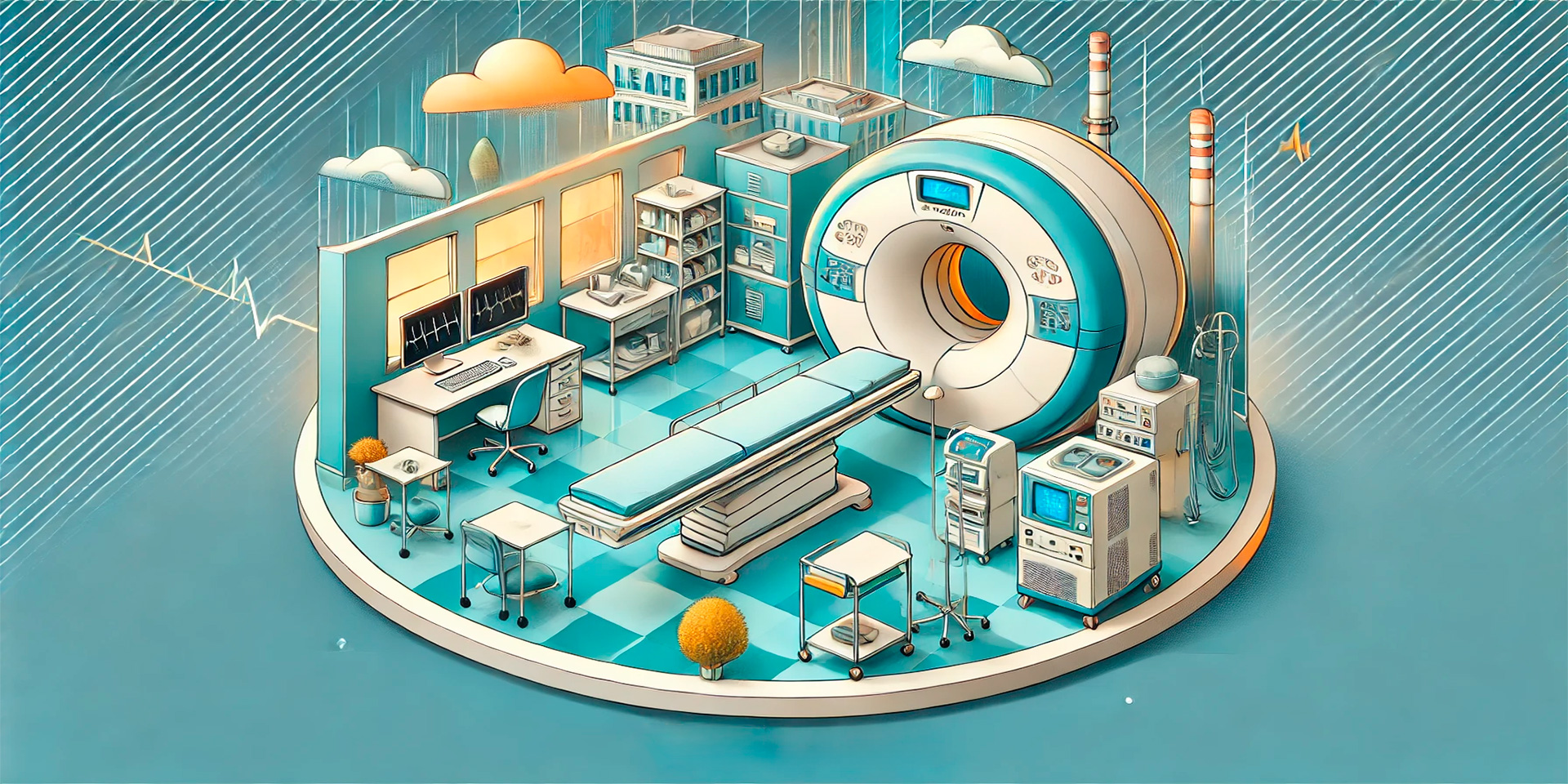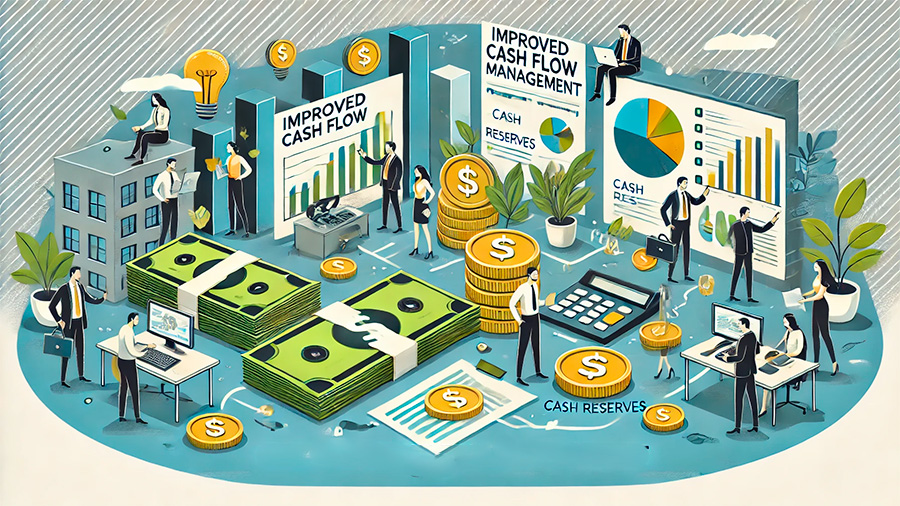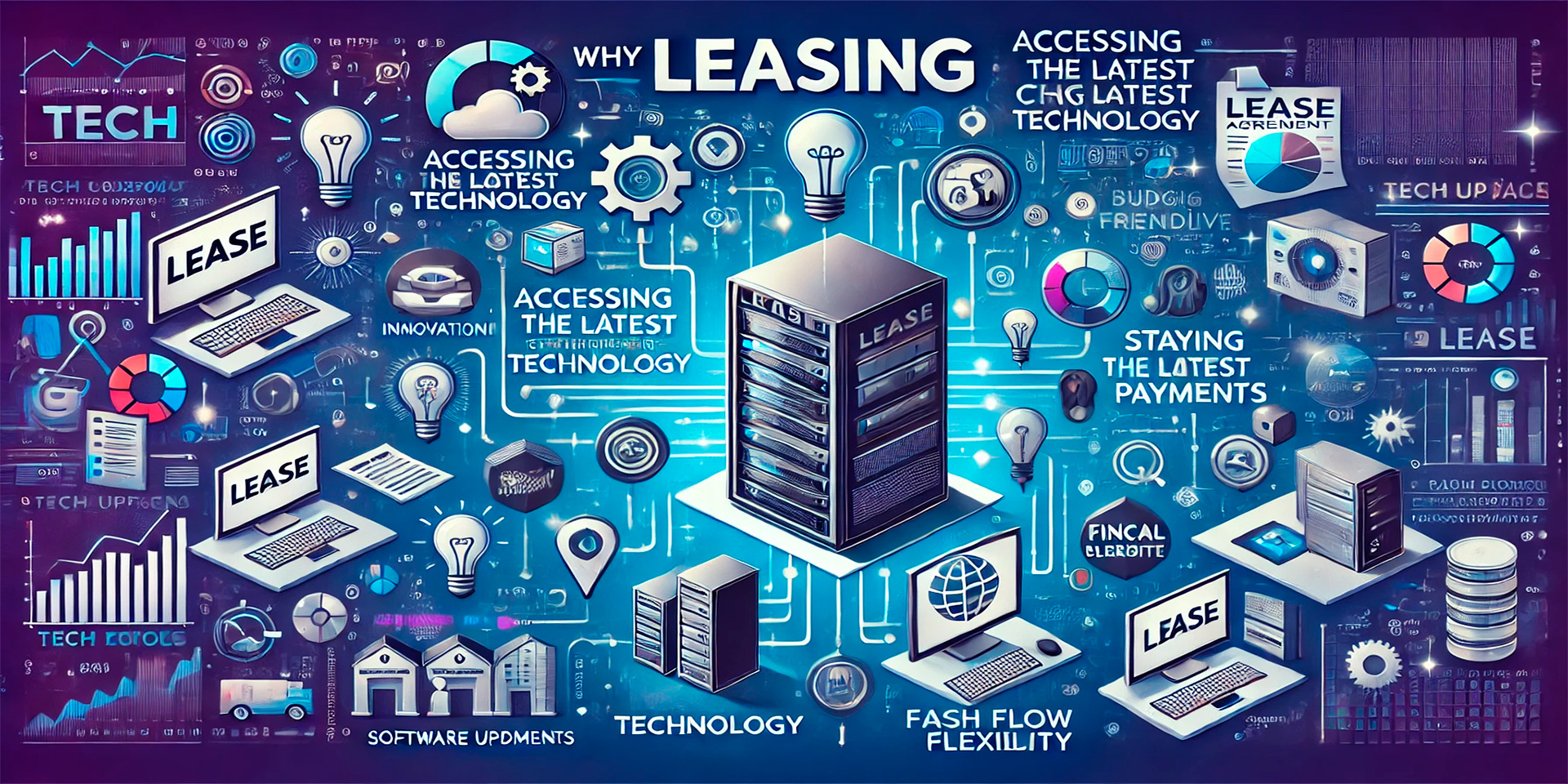
The Benefits of Leasing Medical Equipment for Healthcare Providers
Leasing has become an increasingly popular option for healthcare providers looking to stay competitive and maintain access to the latest medical technologies. With the rapid pace of innovation in medical equipment, purchasing costly devices outright can strain a practice’s finances and quickly lead to outdated technology. Leasing offers a flexible solution, enabling healthcare providers to upgrade equipment as needed without significant upfront costs, ensuring they remain at the forefront of patient care.
For clinics, hospitals, and private practices, leasing provides a range of benefits that support both operational efficiency and financial health. By spreading the cost of high-end equipment over time, leasing allows healthcare providers to access state-of-the-art technology while maintaining steady cash flow.
Access to Cutting-Edge Technology
Medical technology is constantly evolving, with new advancements in diagnostic tools, imaging systems, and treatment devices emerging regularly. Healthcare providers need access to these innovations to deliver the best possible care to their patients. However, purchasing new equipment every few years is not always financially feasible.
Leasing allows healthcare providers to acquire the latest medical technology without the burden of ownership. At the end of the lease term, they have the option to upgrade to newer models, ensuring that their practice stays current with industry standards. This is particularly important for practices that rely on equipment like MRI machines, ultrasound devices, and surgical tools, which are essential for accurate diagnosis and effective treatment.
By leasing, healthcare providers can stay competitive in an industry where advanced technology is crucial to attracting patients and delivering high-quality care.

Improved Cash Flow Management
One of the key reasons healthcare providers opt for leasing is the financial flexibility it offers. Medical equipment can be extremely expensive, with the cost of advanced machines running into hundreds of thousands of dollars. Purchasing such equipment outright can strain a practice’s cash flow, leaving little room for other operational needs like staffing, supplies, or facility improvements.
Leasing helps practices manage their cash flow by turning large, upfront costs into manageable monthly payments. This allows healthcare providers to allocate resources more effectively, ensuring they have the financial capacity to cover other essential expenses. For smaller practices or those in the early stages of growth, leasing can provide the stability needed to invest in patient care without depleting reserves.
With predictable payments, leasing also simplifies budgeting, making it easier for healthcare providers to plan for future investments.
Flexibility in Changing Healthcare Needs
The healthcare industry is constantly evolving, with new treatments, regulations, and patient demands emerging regularly. Leasing gives healthcare providers the flexibility to adapt to these changes without being tied to outdated equipment. If a practice’s needs shift, leasing allows them to upgrade or replace equipment as necessary, ensuring that their technology keeps pace with the demands of modern healthcare.
For example, as more healthcare providers shift towards telemedicine and remote patient monitoring, leasing can help them acquire the necessary technology to offer these services without the financial risk of ownership. This flexibility enables practices to respond to industry trends and patient needs more quickly than they could if they were relying solely on purchased equipment.
Leasing also provides options for shorter-term commitments, making it easier for healthcare providers to experiment with new technology before committing to long-term ownership.

Lower Maintenance and Repair Costs
Leasing medical equipment often includes maintenance and repair services as part of the agreement. This relieves healthcare providers of the financial burden associated with unexpected repairs or equipment downtime, which can disrupt patient care and lead to additional costs.
Many leasing agreements cover routine maintenance and repairs, ensuring that equipment stays in optimal condition throughout its use. This not only improves the reliability of the equipment but also reduces operational disruptions. For healthcare providers, minimizing downtime is critical, as it can directly impact patient outcomes and satisfaction.
In addition, leasing companies often provide training and support services, helping healthcare staff learn how to use new equipment efficiently. This further ensures that healthcare providers can fully leverage the capabilities of their leased technology.
Tax Benefits of Leasing Medical Equipment
Leasing medical equipment may also offer tax benefits for healthcare providers. In many cases, lease payments are considered operating expenses, which means they can be deducted from taxable income. This can reduce a practice’s overall tax liability and improve its financial position.
By treating lease payments as operating expenses, healthcare providers can enjoy the financial advantages of leasing without the long-term depreciation concerns associated with owning equipment. For practices that want to optimize their cash flow and financial management, the tax benefits of leasing can make it an even more attractive option.
It’s important for healthcare providers to consult with a tax advisor to fully understand how leasing can impact their tax strategy and maximize potential benefits.
Conclusion
Leasing medical equipment offers healthcare providers a flexible and cost-effective way to access the latest technology, improve cash flow management, and reduce maintenance costs. By spreading the cost of high-end equipment over time, leasing allows practices to stay competitive in a rapidly evolving industry without the financial burden of ownership. With added benefits such as tax advantages and flexibility in adapting to changing healthcare needs, leasing is an increasingly popular option for healthcare providers looking to deliver the best possible patient care.



